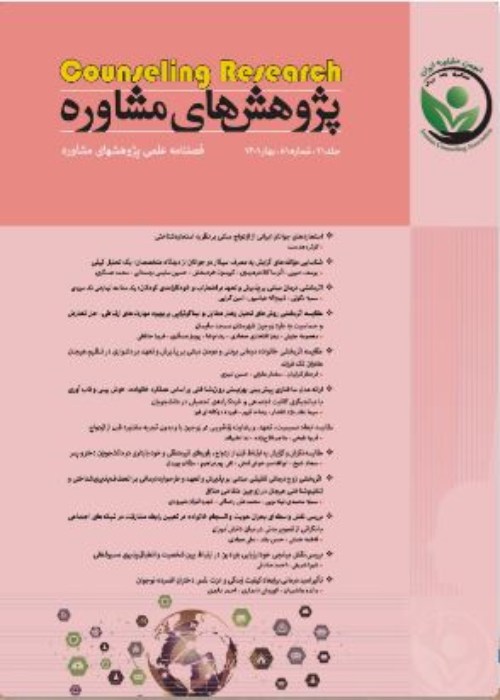Identifying the Components of the Tendency to Smoke in Young People from the Experts’ Perspective: A Qualitative Analysis
The aim of this study was to identify the components of smoking tendency in youth from the perspective of addiction and smoking experts.
in this study, a qualitative approach and thematic analysis method were used. Participants included experts in the fields of addictions and smoking and smokers (therapists, researchers, professors and teachers) in 1399 who were selected using purposive sampling. Sampling was done using interview tools (semi-structured) in order to receive the data until the saturation point and then the collected information was analyzed by coding method (main and secondary).
The analysis of the research findings led to the extraction of 85 primary concepts, 38 subcategories and 15 main categories, according to which, the main categories of smoking tendency in youth were: 1. The effective role of relatives in consumption, 2. Inefficient atmosphere of the family predisposing to consumption, 3. Motivation of peer groups in consumption, 4. Media coverage of smoking, 5. Influence of famous personalities, 6. Facilitating society in consumption, 7. Favorable consumption conditions in public recreation area, 8. Easy access to cigarettes, 9. Cognitive distortions about smoking, 10. Inefficient psychological causes, 11. Reverse reaction to superficial inhibitors in consumption, 12. Weak adaptive skills, 13. Consideration of behavioral attractiveness, 14. Media’s superficial portrayal of the harms of consumption, and 15. Recreational consumption. Finally, the combination of the main categories led to the extraction of two core themes, including the interpersonal components, the extra-personal component, and the intrapersonal components of the tendency to smoke in youth.
The present study showed that youth are affected by interpersonal and extra-personal factors such as the media, family, society and the atmosphere of peers with common interests or intrapersonal dimensions like psychological disorders, famous characters in movies, or skill weaknesses are more likely to tend to smoke and continue smoking.
- حق عضویت دریافتی صرف حمایت از نشریات عضو و نگهداری، تکمیل و توسعه مگیران میشود.
- پرداخت حق اشتراک و دانلود مقالات اجازه بازنشر آن در سایر رسانههای چاپی و دیجیتال را به کاربر نمیدهد.



